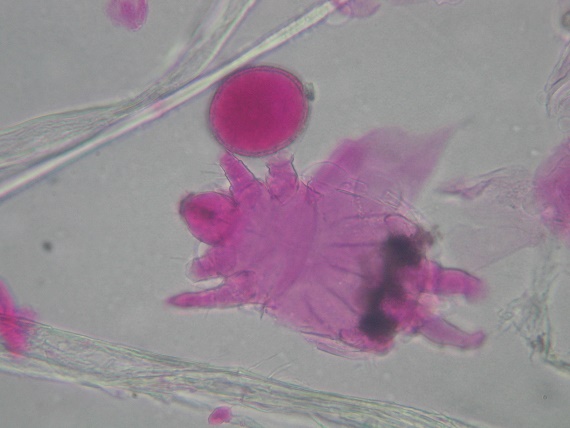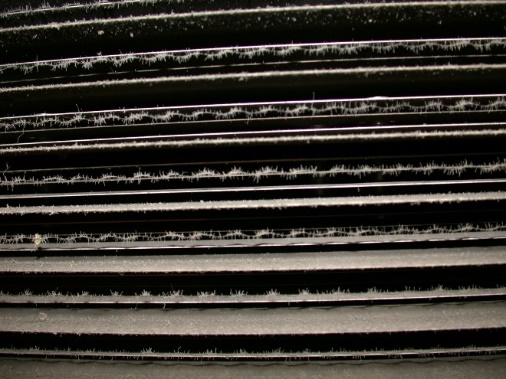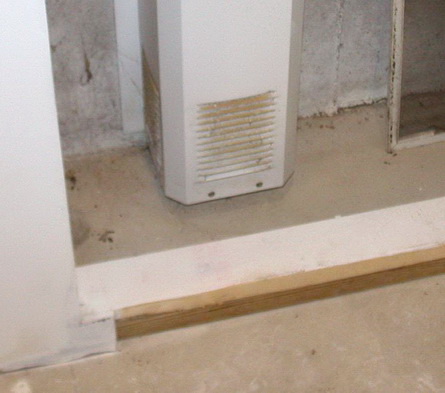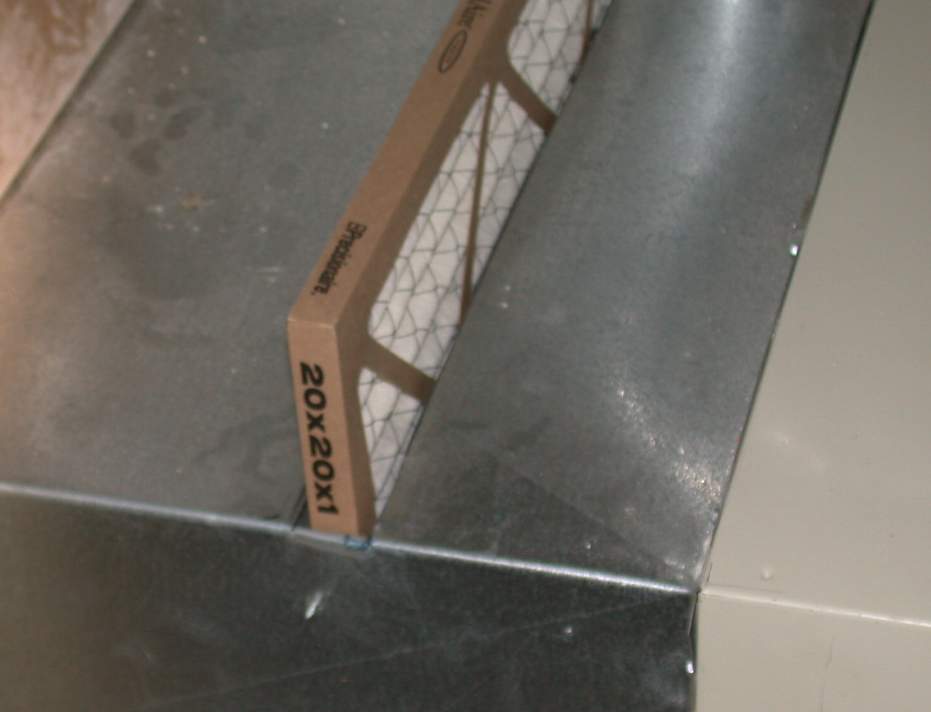IAQ IQ: Spring, 2020
©2020 Jeffrey C. May
Installing dust-mite encasings on mattresses and bed pillows and cleaning up indoor environments including mechanical systems can reduce occupants’ sneezing, wheezing, headaches, sinus congestions, and other allergy or asthma symptoms.

But there are a lot of gadgets that are expensive and that are either useless or that may even do more harm than good when it comes to improving indoor air quality. Let’s start with electronic filters in HVAC systems. Such filters are efficient in theory but they lose their filtering capacity when they get dusty. Manufacturers recommend that the filters be cleaned only two to four times a year, but they really need to be cleaned monthly. People rarely clean them this often if at all, so the filters end up being useless.

Electrostatic filters are also rarely cleaned enough, so I believe that it’s best for people to use pleated media filters that are replaced several times a year. Pleated media filters can be one, two or four inches thick; one-inch filters should be changed more often, probably three to four times a year.
I recommend that anyone with allergies, asthma or environmental sensitivities install a 4” thick Air Bear filter with a MERV rating of 11. Generally the return duct has to be adjusted for a filter of this size.
In 2013 I devoted a newsletter to a discussion of ultraviolet lights in mechanical systems. While such lamps can be effective in commercial systems, I do not believe such lights are effective in residential systems where the air passes quickly – at more than 3 feet/second – too fast for the small lamps to have much of a germicidal effect. (See: http://www.safe-homes.com/PDF_Files/TraneUVC.pdf.) And UV lights produce ozone, which smells like fresh outdoor air but which is a potentially irritating gas and is one of the main components in smog.
Basement exhaust-only fans (such as Humidex and Wave) supposedly function like dehumidifiers, removing humid air from a basement. But make-up air has to come from somewhere, and that “somewhere” can be from the exterior (in a leaky basement) or from habitable spaces above the basement. If that air has elevated relative humidity, moisture can condense on cool foundation walls, resulting in mold growth. In some installations, openings (called transfer grilles) are cut in the floor so air can flow from the home into the “dehumidified” basement or crawl space. In one home I investigated, allergenic air was flowing back into the home from a moldy crawl space when the exhaust fan was not running.
If the transfer grille is open to the first floor of an air-conditioned home, drier air is indeed brought into the basement, but that air will then have to be replaced by humid outdoor air that must be dried by the air conditioning system, increasing the cost of the A/C and negating the supposed savings from the exhaust-only unit.

How about air purifiers? These can work if major sources of airborne contaminants, irritants, and allergens have been removed. But if such sources are present, an air purifier cannot remove them all and may even aerosolize potentially irritating particles. Air purifiers can be effective, however, if they direct airflow specifically toward someone’s breathing zone and thus can be useful in work environments. (IQAir sells such an air purifier called an Atem.)
What does this have to do with home inspections?
- If you see an exhaust-only “dehumidifier” in a property, it’s a good idea to mention its limitations. Buyers should remove this device and instead depend on a condensing dehumidifier (www.thermastor.com) to control the relative humidity below grade.
- If an air handler has an electronic or electrostatic filter, you can educate your client about appropriate maintenance practices.
- Be sure that any filter holder is airtight to prevent air bypass. This is particularly important when an air handler is located below-grade.
- There should also be no supplies in an unfinished basement, as these can entrain musty air when the system is not running.

- UV lights don’t work as intended in a residential system. Period. And being exposed to UV light is dangerous. If you intend to open up an air handler that has a UV light, be sure that the light is turned off before you take off the access panel.
I have heard that some home inspectors who are still working during this general slow-down are only going to sites when no one else would be present, which seems a sensible approach.
I wear a NIOSH N95 two-strap fine particle mask on nearly every IAQ inspection I do. Such masks filter out most airborne particles, including mold spores (to which, ironically, I am allergic). If you are still doing home inspections during this pandemic, it is extremely important that you wear such a mask, as it will protect you from exposure to many viruses as well. If you don’t have this kind of mask, cover your mouth and nose with a cloth mask (patterns available online).
Connie and I send best wishes to you and your family in this difficult time.
Jeff
